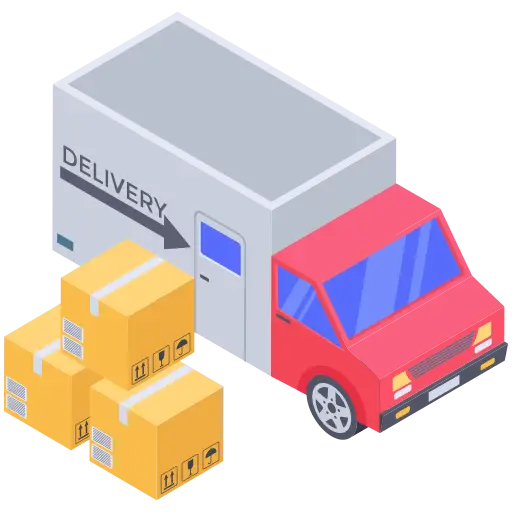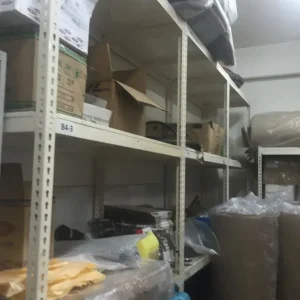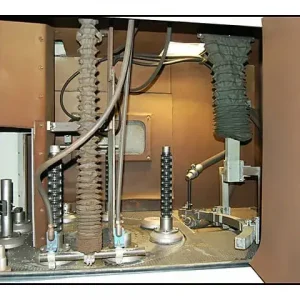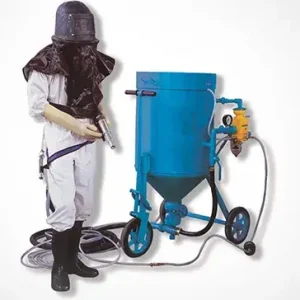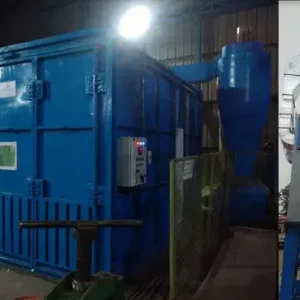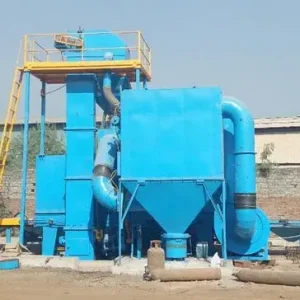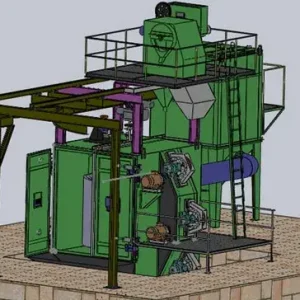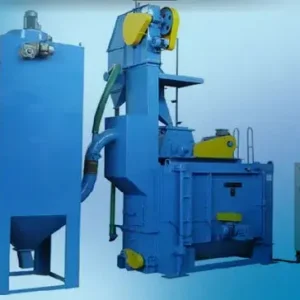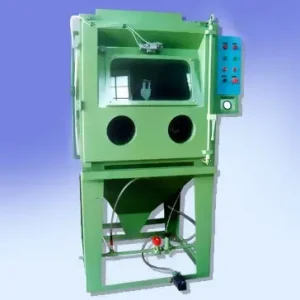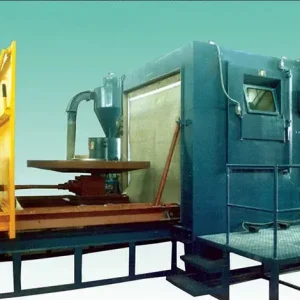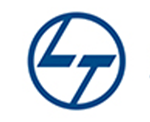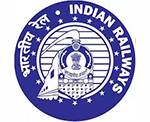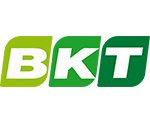Sand blasting machines are widely used in surface preparation, rust removal, paint stripping, and more. But for many buyers and users—especially those new to the process—several doubts and questions often arise.
Here are answers to some of the most common questions about sand blasting machines, helping you make informed decisions and ensure safe, efficient usage.
1. What Is a Sand Blasting Machine?
A sand blasting machine uses compressed air to propel abrasive media (like garnet, aluminum oxide, or steel grit) at high velocity onto a surface. The purpose is to clean, etch, smoothen, or prepare a material before painting, coating, or other treatment.
2. What Materials Can Be Sand Blasted?
Sand blasting is suitable for:
- Mild steel, stainless steel, and aluminum
- Concrete and stone
- Wood (low-pressure)
- Glass (for frosting or etching)
Note: Media type and pressure must be selected based on material sensitivity.
3. Which Abrasive Media Is Best?
It depends on the application:
- Garnet – Eco-friendly, suitable for general cleaning
- Aluminum Oxide – For hard metals and aggressive removal
- Glass Beads – For smoother finishes
- Steel Grit/Shot – For heavy-duty cleaning and peening
- Walnut Shell/Corn Cob – For wood or delicate surfaces
4. What Are the Types of Sand Blasting Machines?
- Portable Sand Blasting Machine – For on-site or small-scale use
- Cabinet Type Machine – For enclosed, controlled indoor operations
- Pressure Blasting Machine – High-speed, high-volume blasting
- Suction Blasting Machine – Medium pressure, more economical
5. What Is the Difference Between Wet and Dry Sand Blasting?
- Dry Sand Blasting: Uses only abrasive media and air; creates more dust; suitable for industrial and open environments.
- Wet Sand Blasting: Mixes water with abrasive; reduces dust and heat; ideal for delicate or urban settings.
[👉 Read more: Wet vs Dry Sand Blasting – What’s the Difference?]
6. Is Sand Blasting Safe?
Yes, if proper safety precautions are followed, including:
Debunking Common Myths About Shot Blasting
Local Projects in Jodhpur That Benefited from Our Sand Blasting Machines
Guide to Buying Spare Parts for Shot Blasting Machines
- Wearing PPE (gloves, helmet, blast suit)
- Using dust collectors or water-based methods
- Operating in ventilated or enclosed spaces
- Regular maintenance of the machine
7. How Do I Choose the Right Nozzle Size?
- Smaller nozzles (4–6 mm): For precision work and smaller compressors
- Larger nozzles (8–12 mm): For high-speed, large-area blasting
Your nozzle size should match compressor capacity and required surface finish.
8. How Much Air Pressure Is Required?
- Typical operating range: 60 to 110 PSI
- Heavy-duty blasting may require up to 150 PSI
Make sure your compressor meets the CFM (Cubic Feet per Minute) and PSI needs of your chosen nozzle.
9. Can the Media Be Reused?
Yes, in cabinet and pressure-type machines, abrasive media can be collected, filtered, and reused multiple times—depending on the media type and application.
10. How Do I Maintain a Sand Blasting Machine?
- Regularly inspect and replace worn nozzles, hoses, and valves
- Empty and clean the media tank and dust collector
- Lubricate moving parts
- Keep filters clean and pressure levels optimal
11. How Much Does a Sand Blasting Machine Cost?
Prices vary depending on type, size, and features:
- Portable machines: ₹40,000 – ₹1,50,000
- Cabinet machines: ₹80,000 – ₹3,00,000
- Custom industrial systems: ₹5 lakhs and above
12. Are Sand Blasting Machines Made in Jodhpur Reliable?
Absolutely. Jodhpur is a leading manufacturing hub for sand blasting and surface finishing equipment. Many local manufacturers, including AeroWheel Surface Finishing, offer machines built with quality materials, industry expertise, and excellent after-sales support.
Conclusion
Understanding the basics of sand blasting machines—from their working to selection and safety—can significantly improve your surface preparation results and equipment lifespan. Whether you’re a workshop owner, contractor, or industrial operator, choosing the right machine and using it correctly is key to efficiency.
For reliable, high-performance sand blasting machines in Jodhpur, reach out to AeroWheel Surface Finishing. We’re happy to guide you with the perfect solution tailored to your industry needs.

